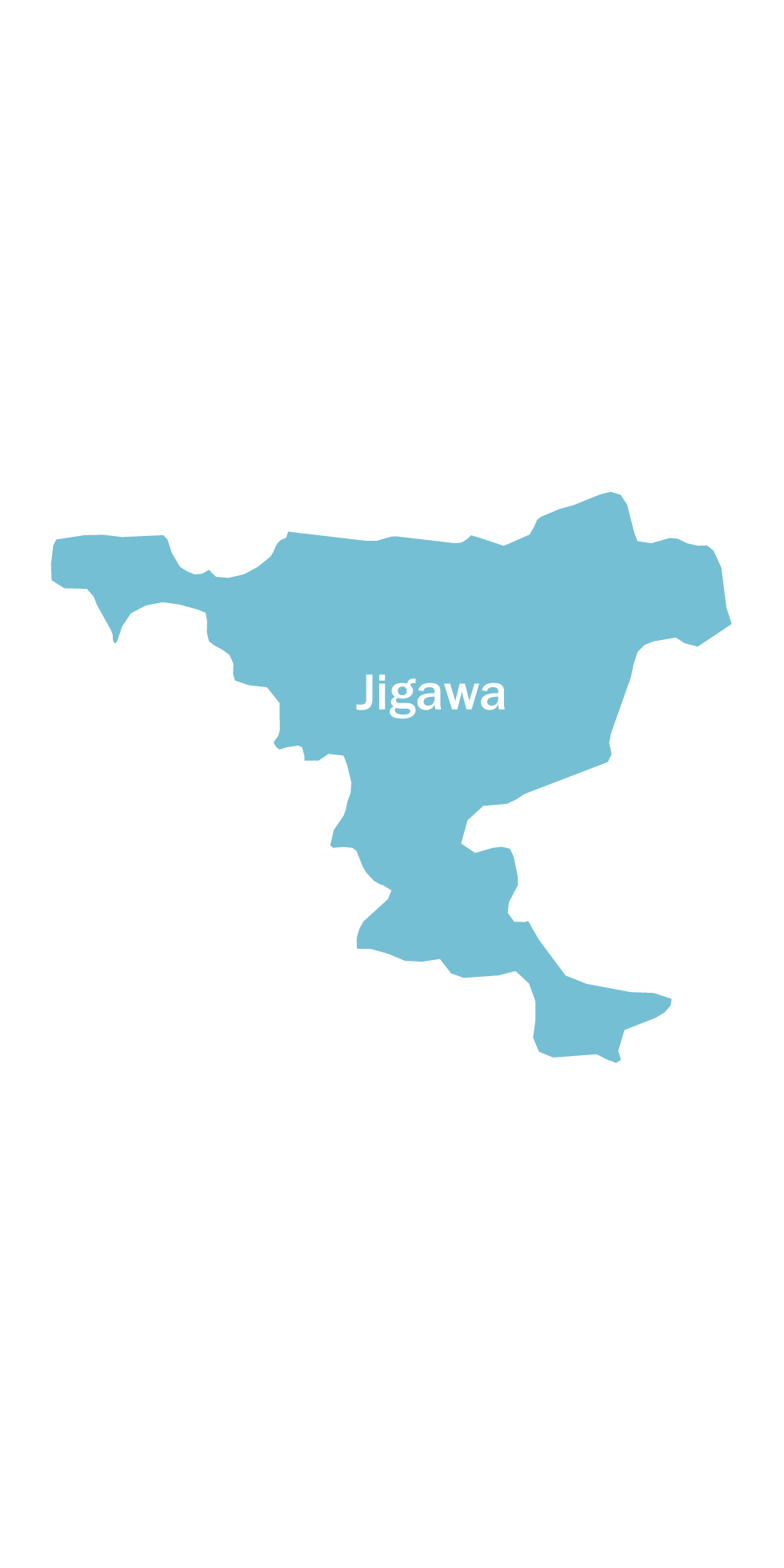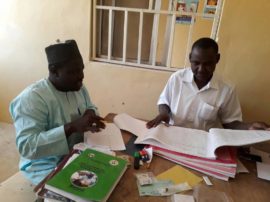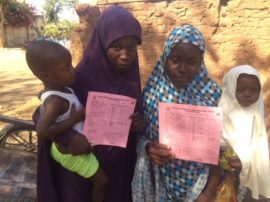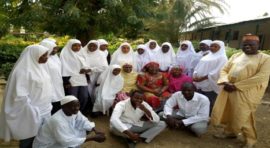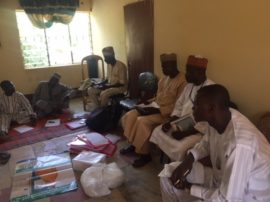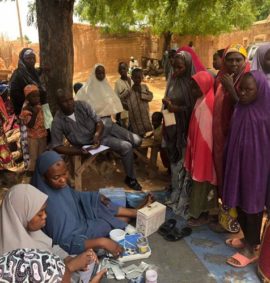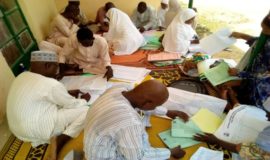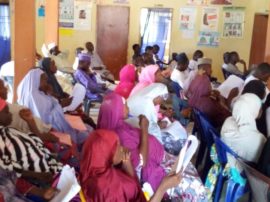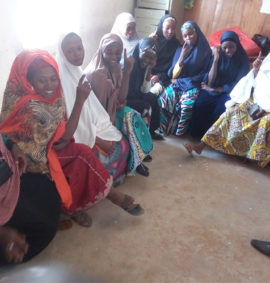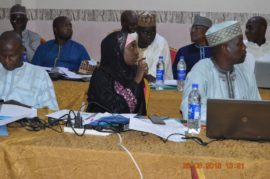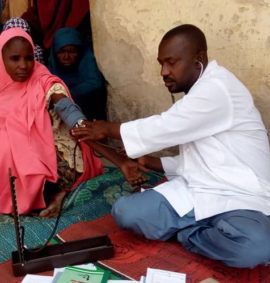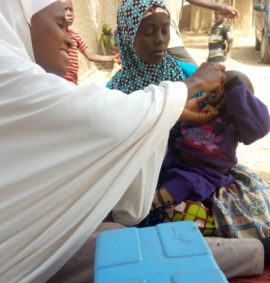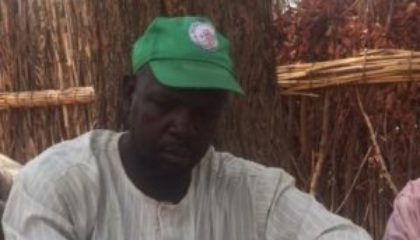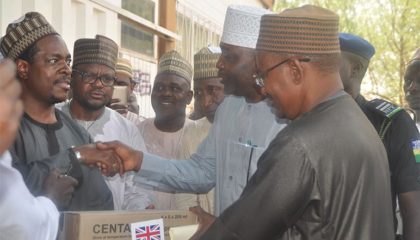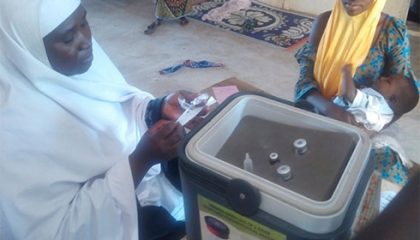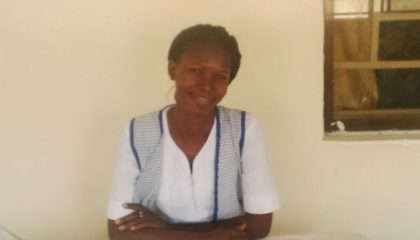|
Jigawa State was carved of Kano State on August 27th, 1991 with Dutse as the capital. The name Jigawa is a Hausa word meaning dunes of sand which is scattered across the state. The state is bordered to the north by an international border with Zinder Region in the Republic of Niger, which is a unique opportunity for cross-border trading activities; to the south by Kaduna State, to the east by Kano and Katsina States and to the west by Bauchi and Yobe States. Jigawa State is also ranked 8th among the most populous states in Nigeria with a population of about 5,590,272 (20159) which is about 51% amounting to 2,851,039 as males while the remaining 49% 2,739,233 are female. The State covers an area of 22,410 km (8,940 square kilometers) and has 3 senatorial districts, 288 political wards and 27 Local Government Councils, which are divided into 30 State Constituencies, grouped into 11 Federal Constituencies.
The state also has five emirates namely Dutse, Gumel, Hadejia, Kazaure and Ringim. The Emirates are historical as they constitute the traditional ruling system of olden days and the state had [preserved the emirates despite the creation of Local government Areas. Each emirate also has an Emir and a Emirate Council and the State collaborates with the Councils at every level of development. There are twenty-seven local government areas (LGAs) and they are Auyo, Babura, Biriniwa, Birnin Kudu, Buji, Dutse, Gagarawa, Garki, Gumel, Guri, Gwaram, Gwiwa, Hadejia, Jahun, Kafin Hausa, Kaugama, Kazaure, Kiri Kasama, Kiyawa, Maigatari, Malam Madori, Miga, Ringim, Roni, Sule Tankarkar, Taura and Yankwashi.
The state has a high mortality rates and diseases profile; for example the maternal mortality ratio (MMR) is estimated at 1100 deaths per 100,000 live births as at 2014. Mothers die frequently from complications of pregnancy and childbirth: anemia, obstetric hemorrhage, shock, sepsis and toxemias’. Other reasons for the high maternal mortality in the State include low ANC, which stands at 49.7% (NDHS 2013) and the fact that delivery by health professionals and facility based delivery rates is 5.1% and 6.7% (NDHS) respectively. The state embarked on a major health sector reform to address the critical health issues and developed the unique integrated and decentralized (primary and secondary) health care services under a single line of authority and accountability called the Gunduma (District) Health System
|
